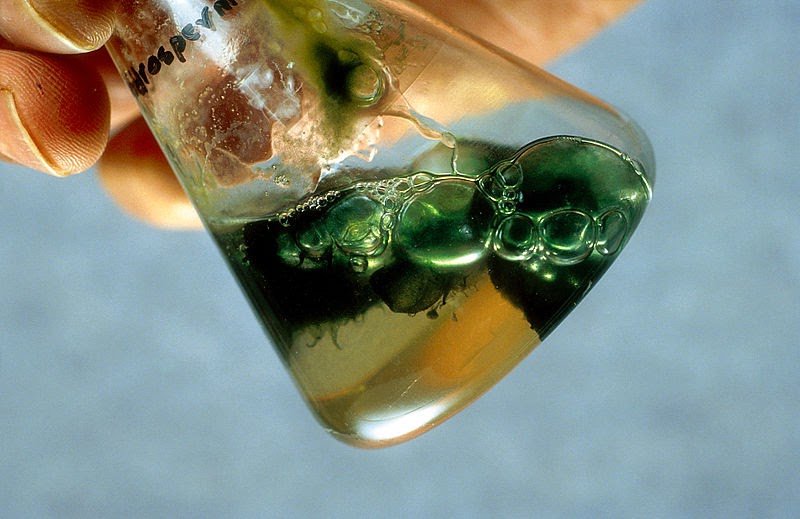 A press release from the University of Nottingham: Potentially toxic microbes which pose a threat to our drinking water have undergone a dramatic population explosion over the last 200 years as a result of pollution, research involving experts from The University of Nottingham has found.
A press release from the University of Nottingham: Potentially toxic microbes which pose a threat to our drinking water have undergone a dramatic population explosion over the last 200 years as a result of pollution, research involving experts from The University of Nottingham has found.The study, published in the journal Ecology Letters, looked at more than 10
0 lakes in lowland and alpine areas of North America and Europe and found that populations of cyanobacteria — also known as blue-green algae — have significantly increased since the 1800s.
The research, conducted in collaboration with academics at McGill University in Canada and other collaborators, is the first study to show that a rise in the algae’s available nutrient sources nitrogen and phosphorus — commonly resulting from industrial fertilisers and sewage discharge — is the biggest potential culprit responsible for the increase in such a large number of lakes, across such a large geographical area. The study also found that climate change can exacerbate this problem, with water management challenges likely to increase in a future warmer world.ry
Most municipal water treatment plants do not regularly look for cyanobacterial toxins in the water supply. However, municipalities with a known history of blooms typical monitor their surface water supplies for cyanobacteria. When detected, the cells can be removed by adding chemicals that bind them together, so they can be separated out. Although this removes the cells, the cells may already have broken down releasing toxins into the water.
In addition, environmental costs associated with this alga were estimated to exceed $100 million per year in both the UK and Australia....
Cyanobacteria in a flask, from CSIRO, Wikimedia Commons, under the Creative Commons Attribution 3.0 Unported license



No comments:
Post a Comment